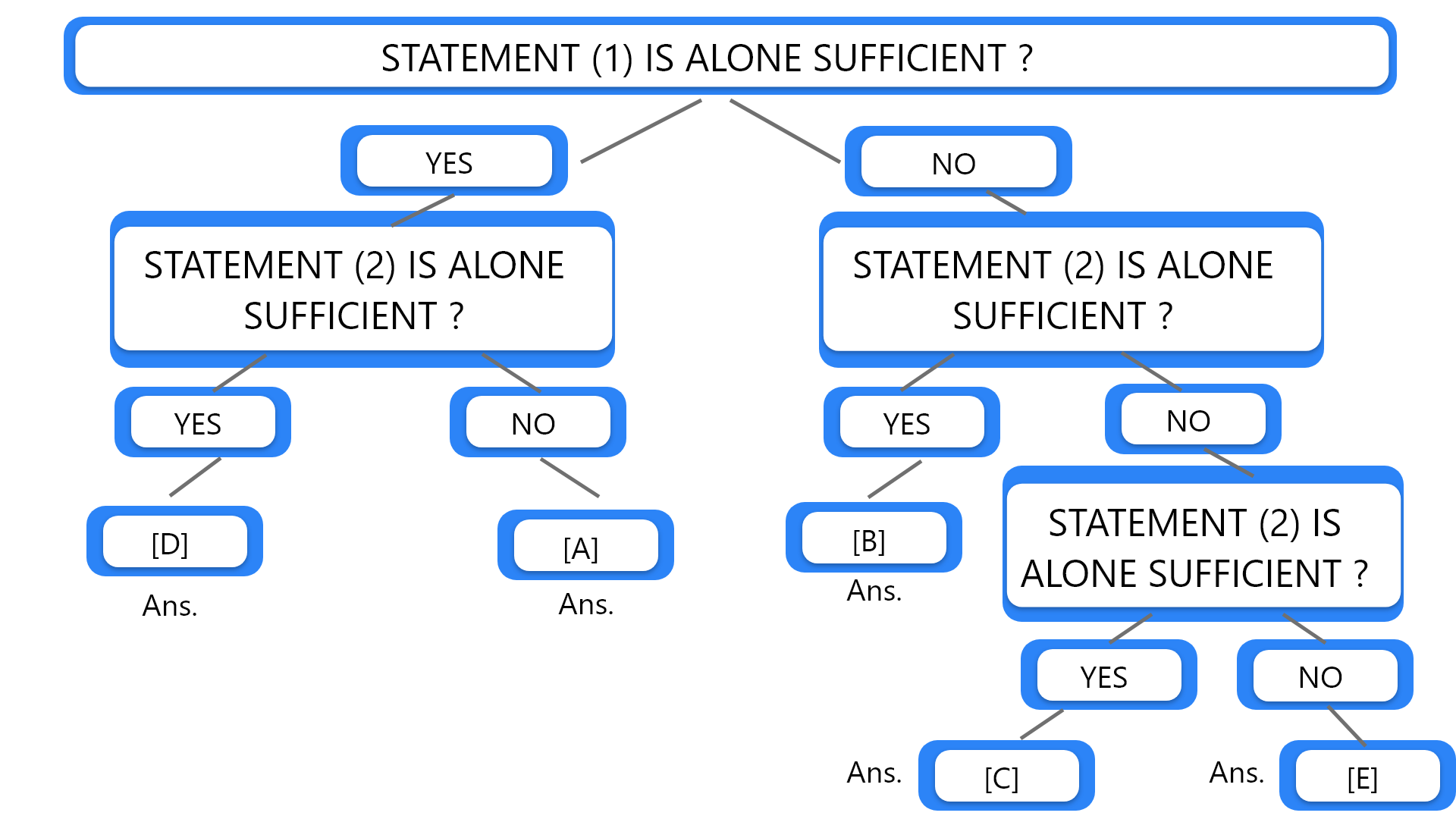Represent The Blood Relation Or Coding-Decoding Problems On Paper To Easily Process It
1.How is Beta related to Chitra?
I. Alpha and Beta are brothers and Chitra and Drishti are sisters.
II. Alpha’s son is Drishti’s brother.
Options:
A. if the data in statement I alone are sufficient to answer the question;
B. if the data in statement II alone are sufficient to answer the question;
C. if the data either in I or II alone are sufficient to answer the question;
D. if the data even in both the statement together are not sufficient to answer the question;
E. if the data in both the statements together are needed.
Solution:
By using the above notations we can draw the below diagram. Alpha, Beta is taken ‘+’ and Chitra, Drishti is taken as ‘-’. It seems that Alpha, Beta belongs to one generation and Chitra, Drishti belongs to another generation.
So, Alpha, Beta is taken in one horizontal row and Chitra, Drishti is taken in another horizontal line. It says that Alpha is Chitra’s father. Father’s brother is an uncle. So, the answer is uncle.
Correct option: E
2.What is the mathematical code for ‘coconut’ in a certain code?
I. The code for ‘give me coconut’ is ‘777’.
II. The code for ‘you can bring coconut for me’ is written as ‘673196’.
Options:
A. I alone is sufficient while II alone is not sufficient
B. II alone is sufficient while I alone is not sufficient
C. Either I or II is sufficient
D. Neither I nor II is sufficient
E. Both I and II are sufficient
Solution:
Statement 1 and 2 both do not contain clear information to answer the code of coconut hence, option D is correct.
Give me coconut =777
You can bring coconut for me 673196
7 is common for coconut/me=? Cannot be determined
Correct Option: D
3.Who among Parul, Query, Tanmay, Vimal, and Monty is exactly in the center when they are in rising order of their heights?
I. Vimal is taller than Query but shorter than Monty.
II. Tanmay is taller than Query and Monty but shorter than Parul.
Options:
A. I alone is sufficient while II alone is not sufficient
B. II alone is sufficient while I alone is not sufficient
C. Either I or II is sufficient
D. Neither I nor II is sufficient
E. Both I and II are sufficient
Solution:
Taller to Smaller->
Parul
Tanmay
Monty
Vimal
Query
Correct option: E
